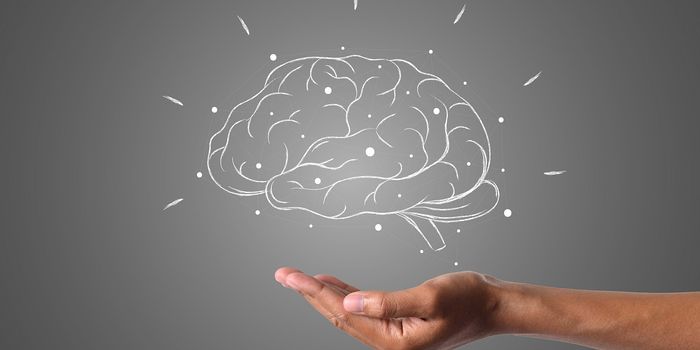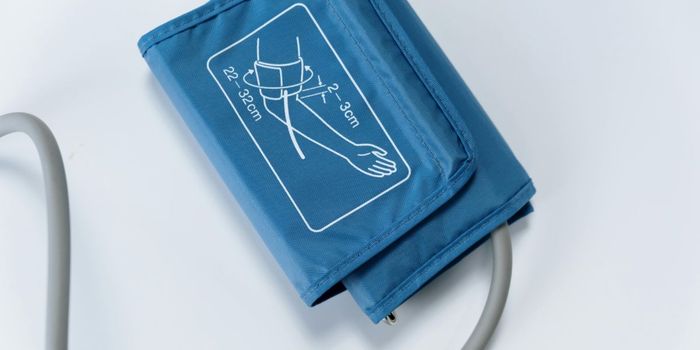The brain gets bigger with physical exercise, according to two recent studies.

If borne out in later work, this may help explain studies associating physical activity with a variety of health improvements, including reduced heart disease risk factors, sharper memory and thinking, and lower type 2 diabetes risk.
Exercise enlarges brain decades later
At the American Heart Association (AHA) Epidemiology/Lifestyle meeting, a team from Boston University Medical School presented data from the Framingham Heart Study finding that adults who exercised in mid-life had bigger-thus younger-looking--brains in later life, as much as 20 years later.
It was not just a physical difference: those with those bigger brains scored higher on a cognitive test in later life.
The BU team, led by Nicole Spartano, reviewed the records of more than 1,271 people (average age 41) who underwent MRIs at age 58. The team discovered that people whose hearts worked harder, or who had higher blood pressure, at the start of exercise in their 40's, showed about one year's worth of brain shrinkage one to two decades later. Brain shrinkage can be a sign of dementia, or simple brain aging.
The 1,271 participants were comprised of a subset of volunteers with the Framingham Offspring Study. The underwent exercise treadmill testing in the 1970s in their early 40's. When they reached, on average, the age of 60, the submitted to MRIs of their brains, and took cognitive tests.
None of the volunteers had heart disease or cognitive problems at the start of the study, when they were in their early 40s. None were taking any medications that control heart rate.
In people who are not physically fit, blood pressure and heart rate responses often shoot up faster at the start of exercise than in people who are fit. The BU team wanted to know if these dramatic swings can permanently harm the brain's structure, as it was known that small brain blood vessels are sensitive to changes to enormous upticks in pressure, and can be damaged by them.
For those who experienced a greater increase in diastolic blood pressure (bottom number) or a higher heart rate a few minutes into a low-intensity treadmill test (2.5 miles an hour) ended up with smaller brain tissue volume later in life.
In a disturbing parallel, those experiencing a larger increase in diastolic blood pressure during low-intensity exercise performed more poorly on a cognitive test for decision-making function later in life.
To be specific, for every 3.4 units of lower exercise capacity, every 7.1 mm Hg higher exercise diastolic blood pressure, and every 8.3 beats/minute higher exercise heart rate in midlife, there was approximately 0.5 years of additional brain aging.
Aside from the exercise results, it was also found that a higher resting systolic blood pressure at 40 was linked to a smaller frontal lobe volume, and a greater volume of white matter hyper-intensity (indicating aging-associated blood-flow loss) on the later brain MRIs.
The BU team will check in on the volunteers in another 10 years to see how many develop dementia.
The results were preliminary, not yet published in a peer-reviewed journal.
Enlarged brain after only three years
A study published recently in Medicine & Science in Sports & Exercise also found that exercise appears to influence brain size-in this case, after only three years of it.
Led by Urho Kujala, professor of sports and exercise medicine at the University of Jyvaskyla in Finland, a team of researchers examined 10 pairs of male identical twins aged 32 to 36 who, in self reports, indicated that one twin in the last three years had worked out more than the other.
Before that three-year period, the twins said they had exercised similar amounts in earlier years. During the three year period, the more active twins had jogged on average three hours more per week than the inactive twins. All underwent brain MRIs and exercise endurance tests.
Three years of heightened exercise didn't appear to influence the size of the whole brain. But the striatum and the pre-frontal cortex were enlarged in the exercising twins. Less surprisingly, the twins who exercised more controlled blood sugar better, making them less likely to get diabetes later.
The researchers had found the twins in Finland's FinnTwin16 database, which collects twins' answers to health questionnaires starting at age 16, and repeated at intervals thereafter.
Interestingly, the researchers had a difficult time isolating twins in their 30's with divergent exercise habits, as most twins in the study possessed similar exercise habits even as adults living apart.
All told, the more sedentary twins possessed lower endurance capacities, higher body fat percentages, and signs of insulin resistance, after only three years of less-intense exercise habits. (All twins tended to eat similarly.) And the areas of the brain involving motor control and coordination were smaller.









